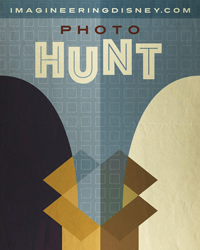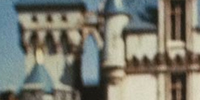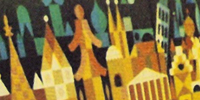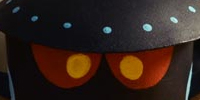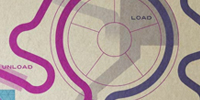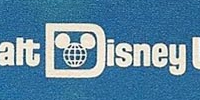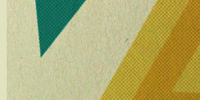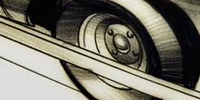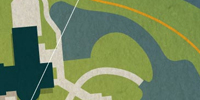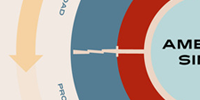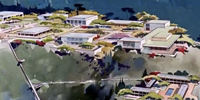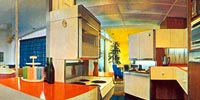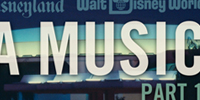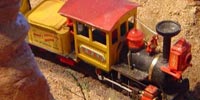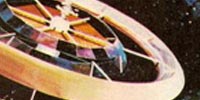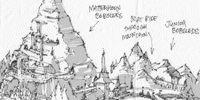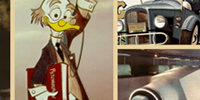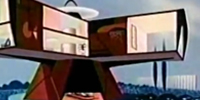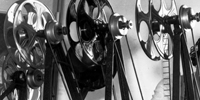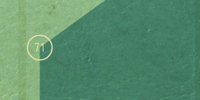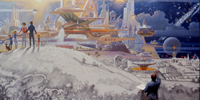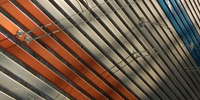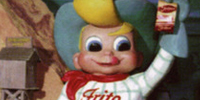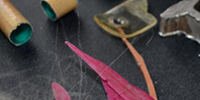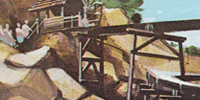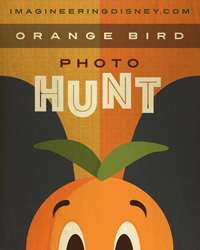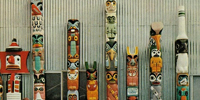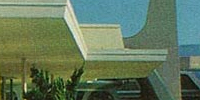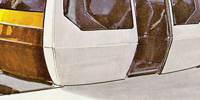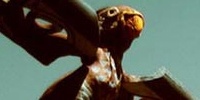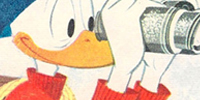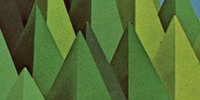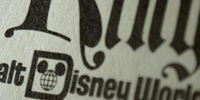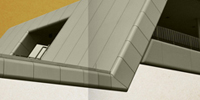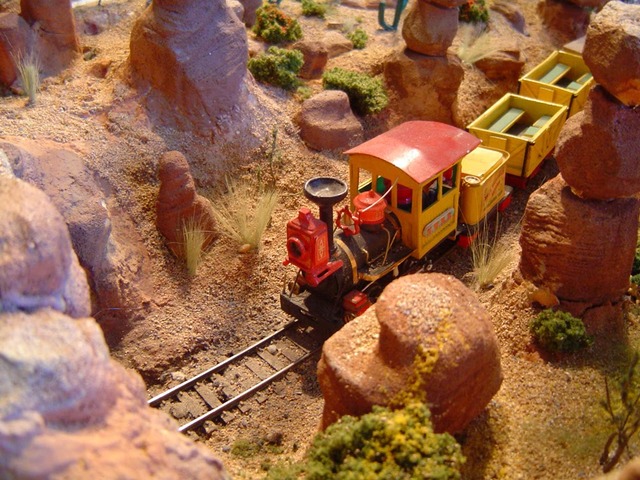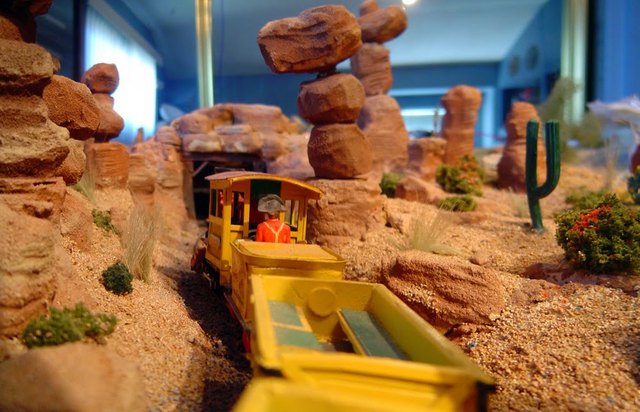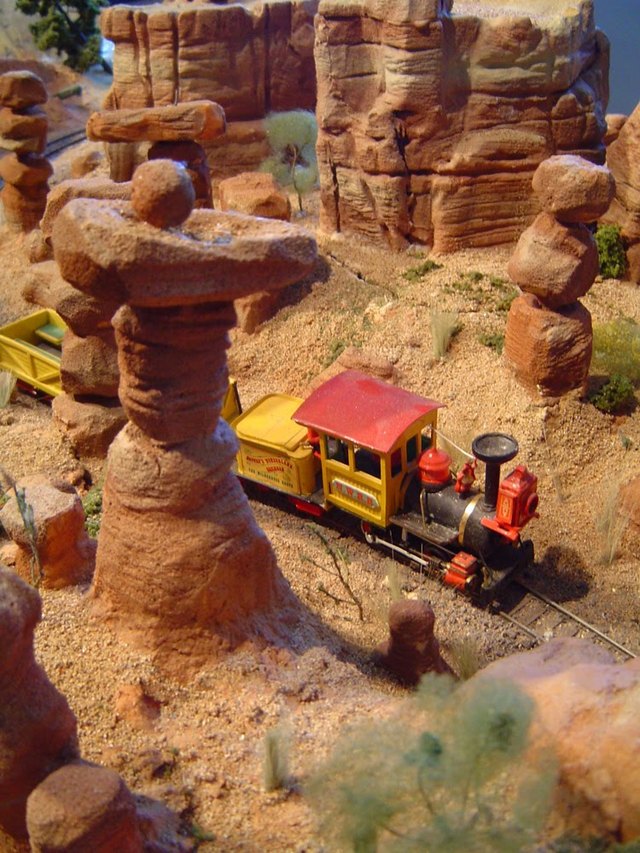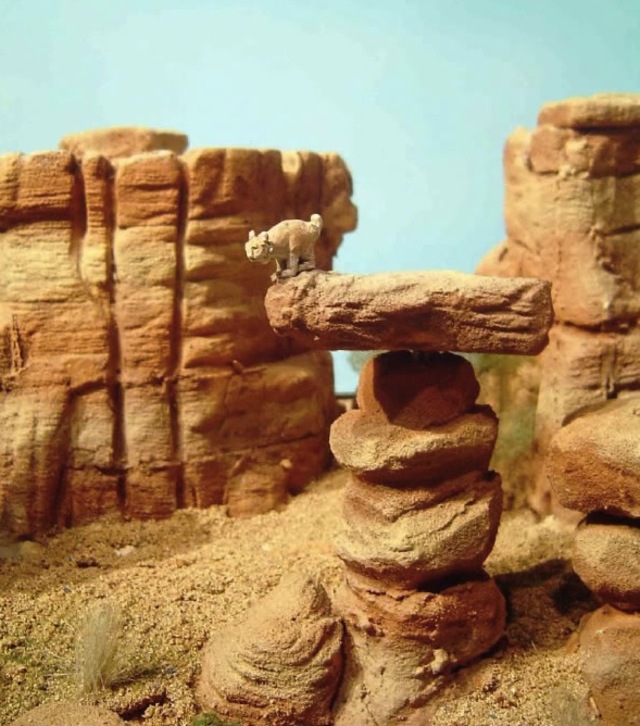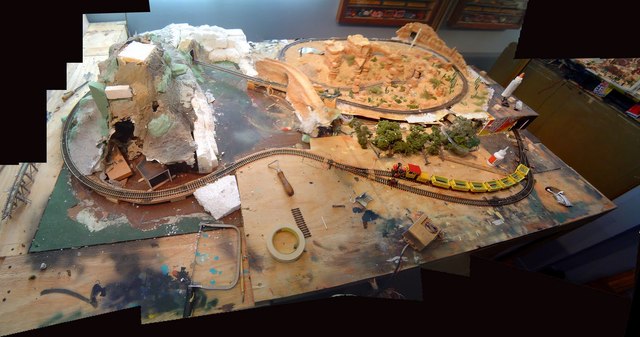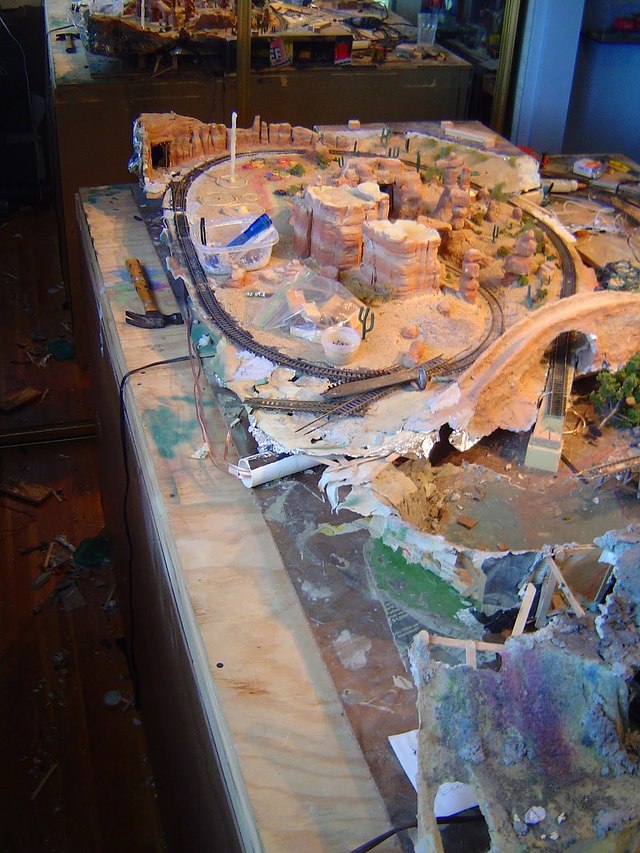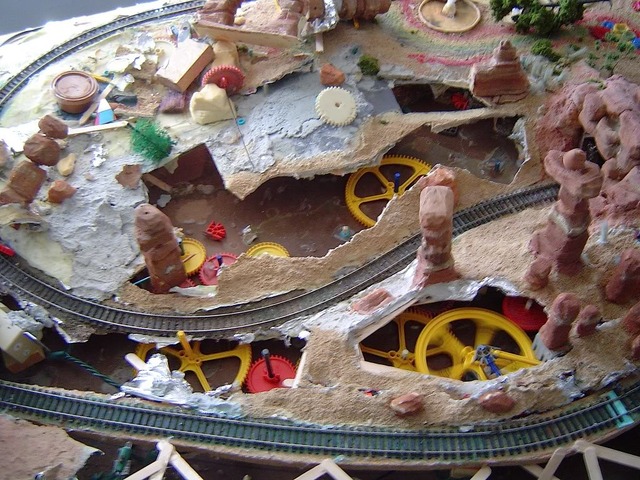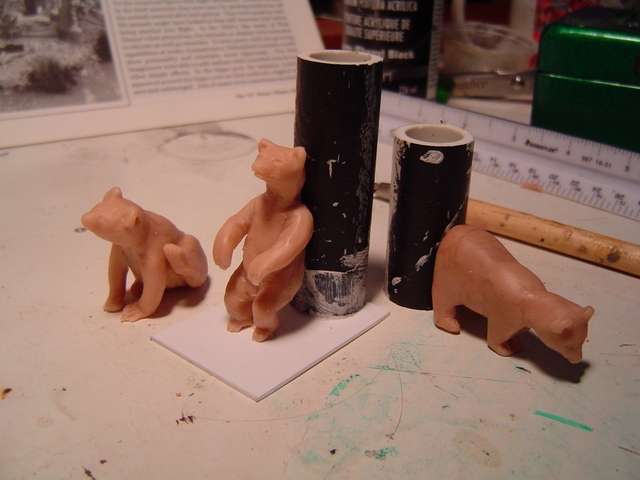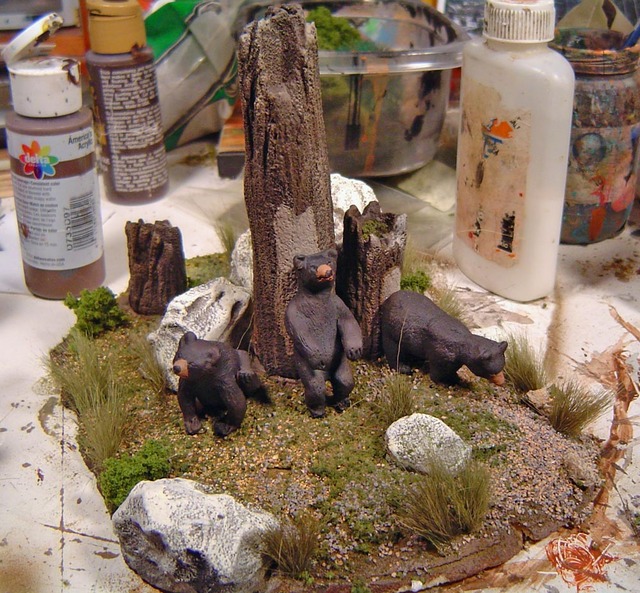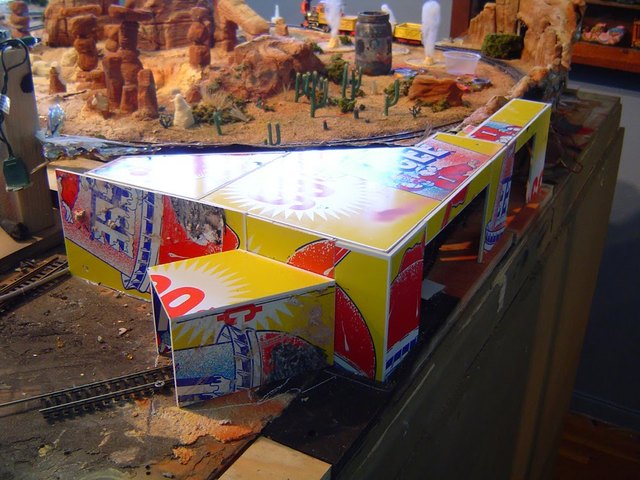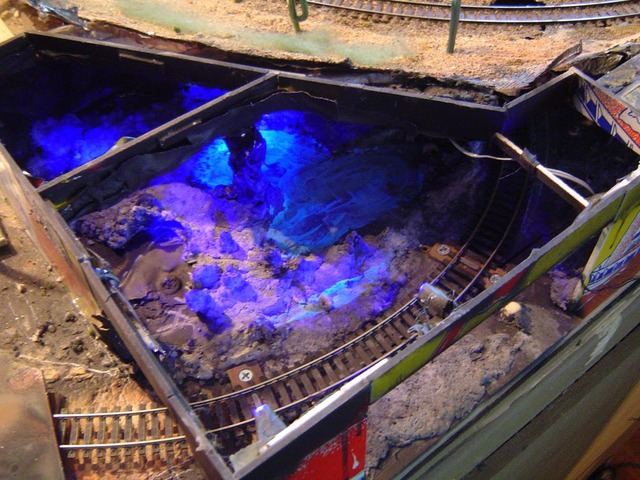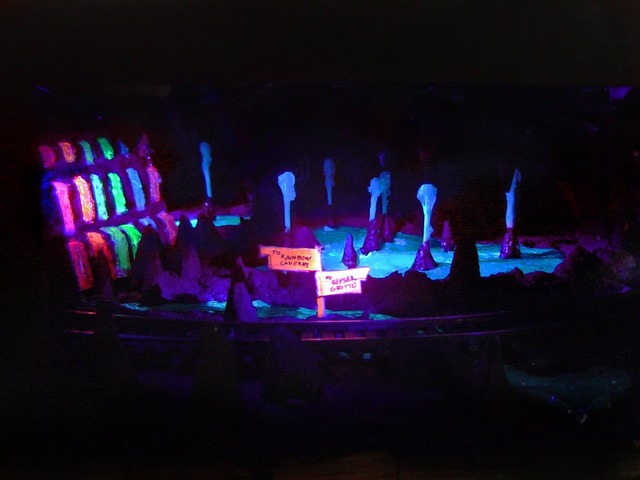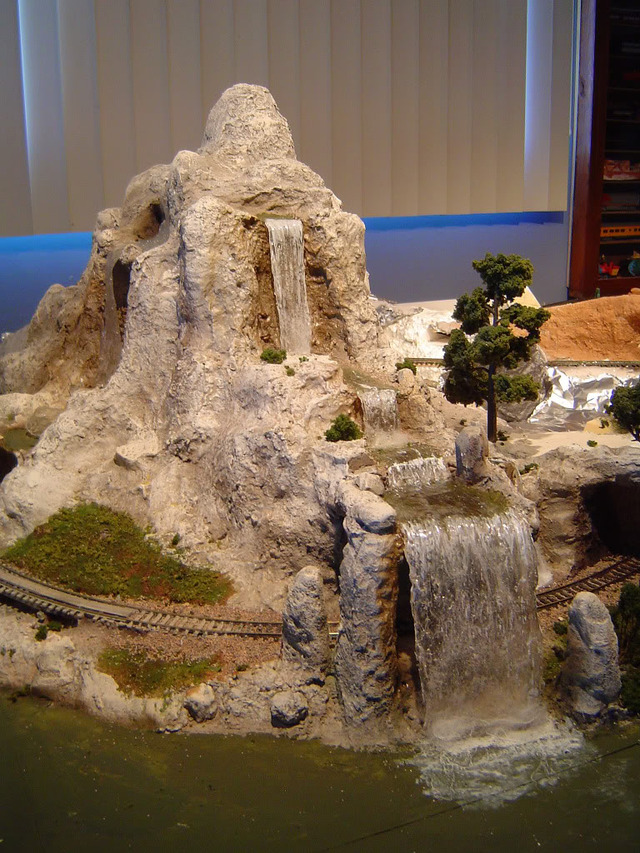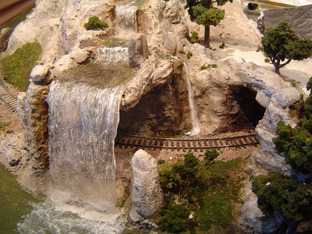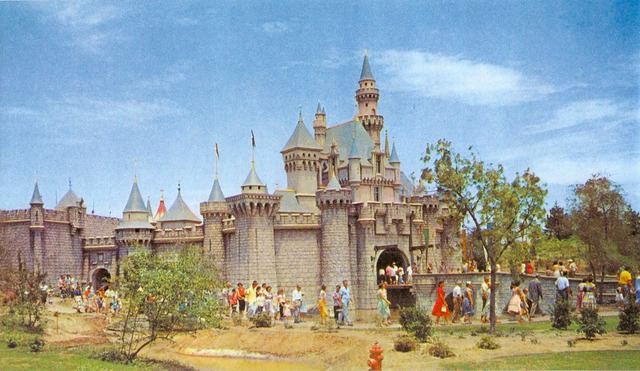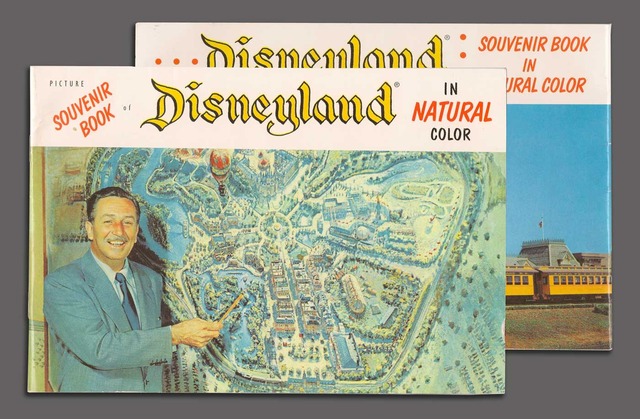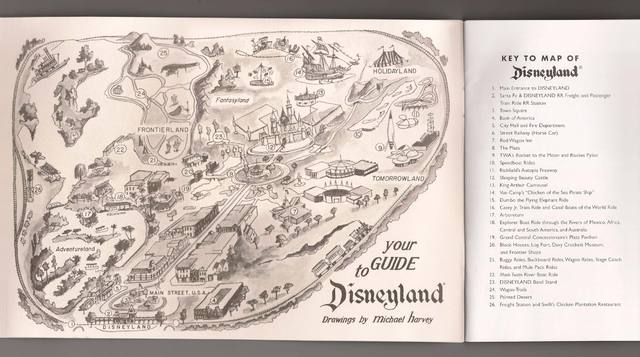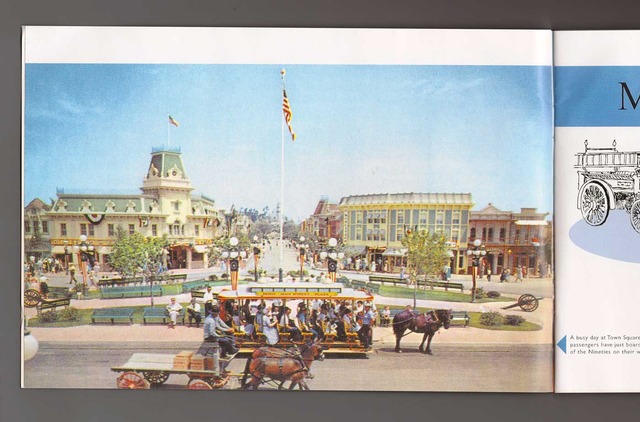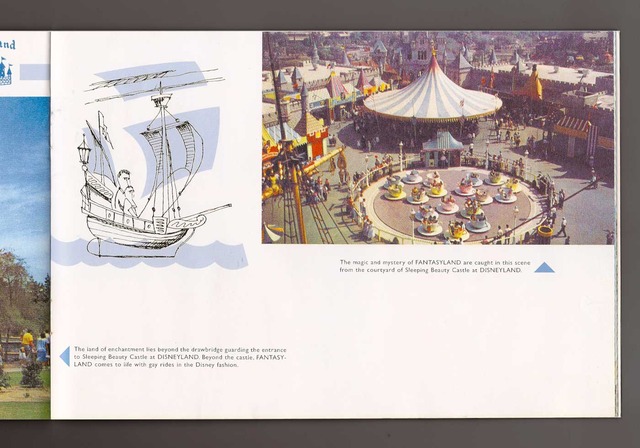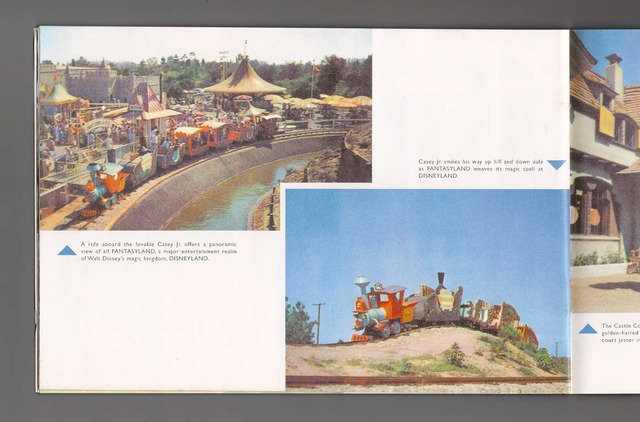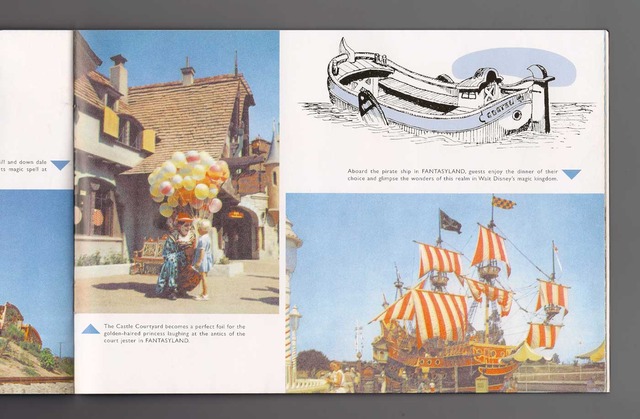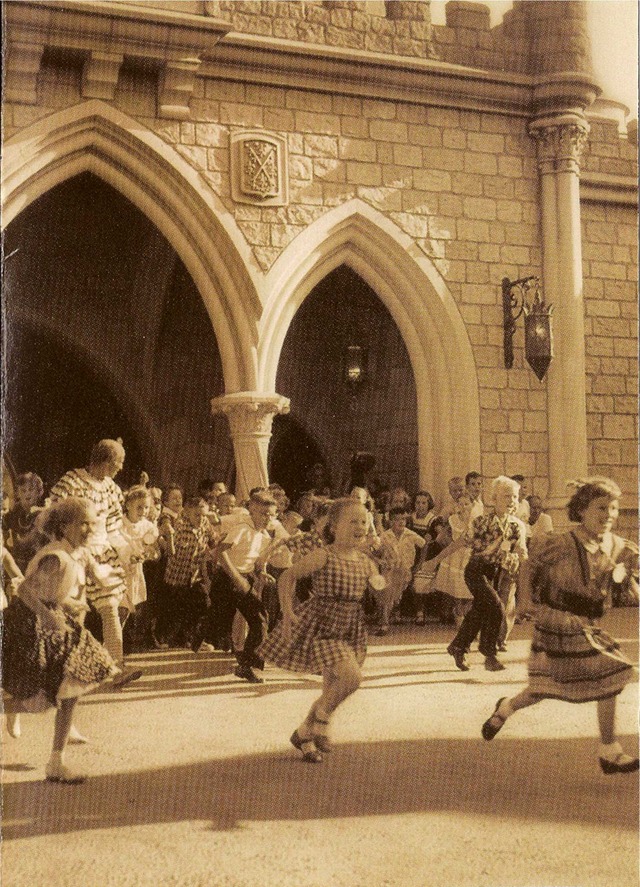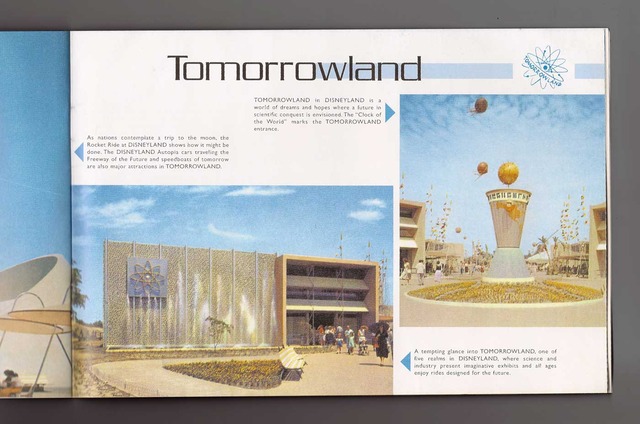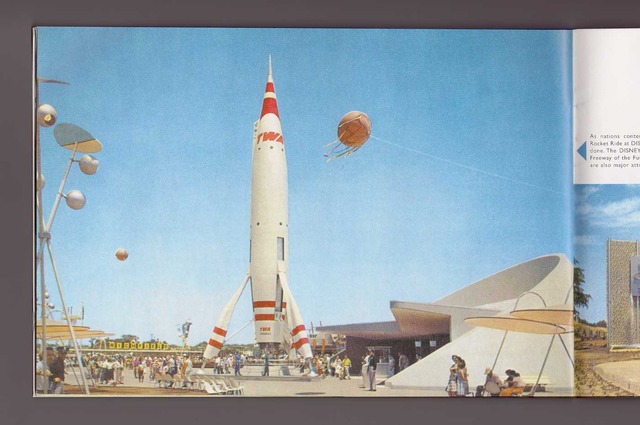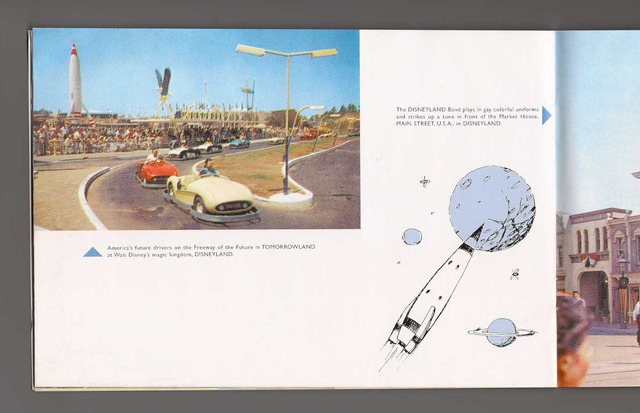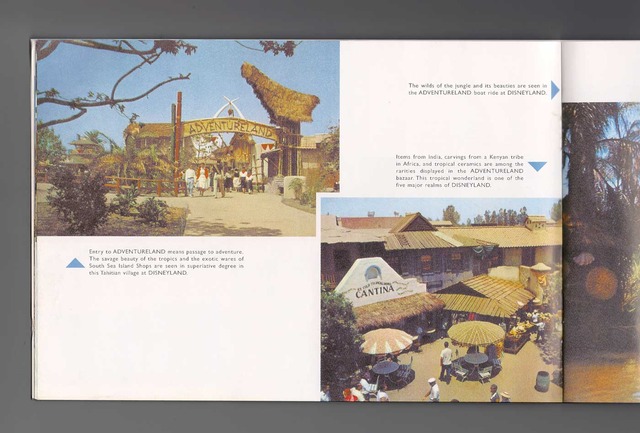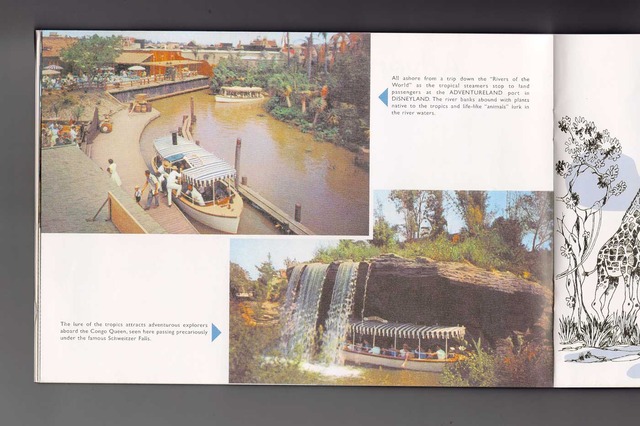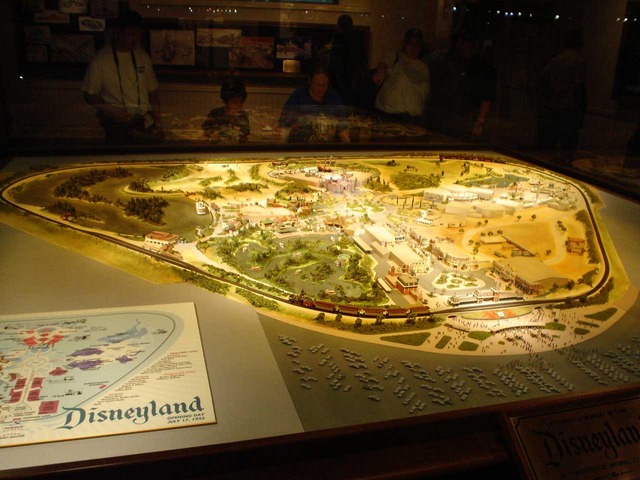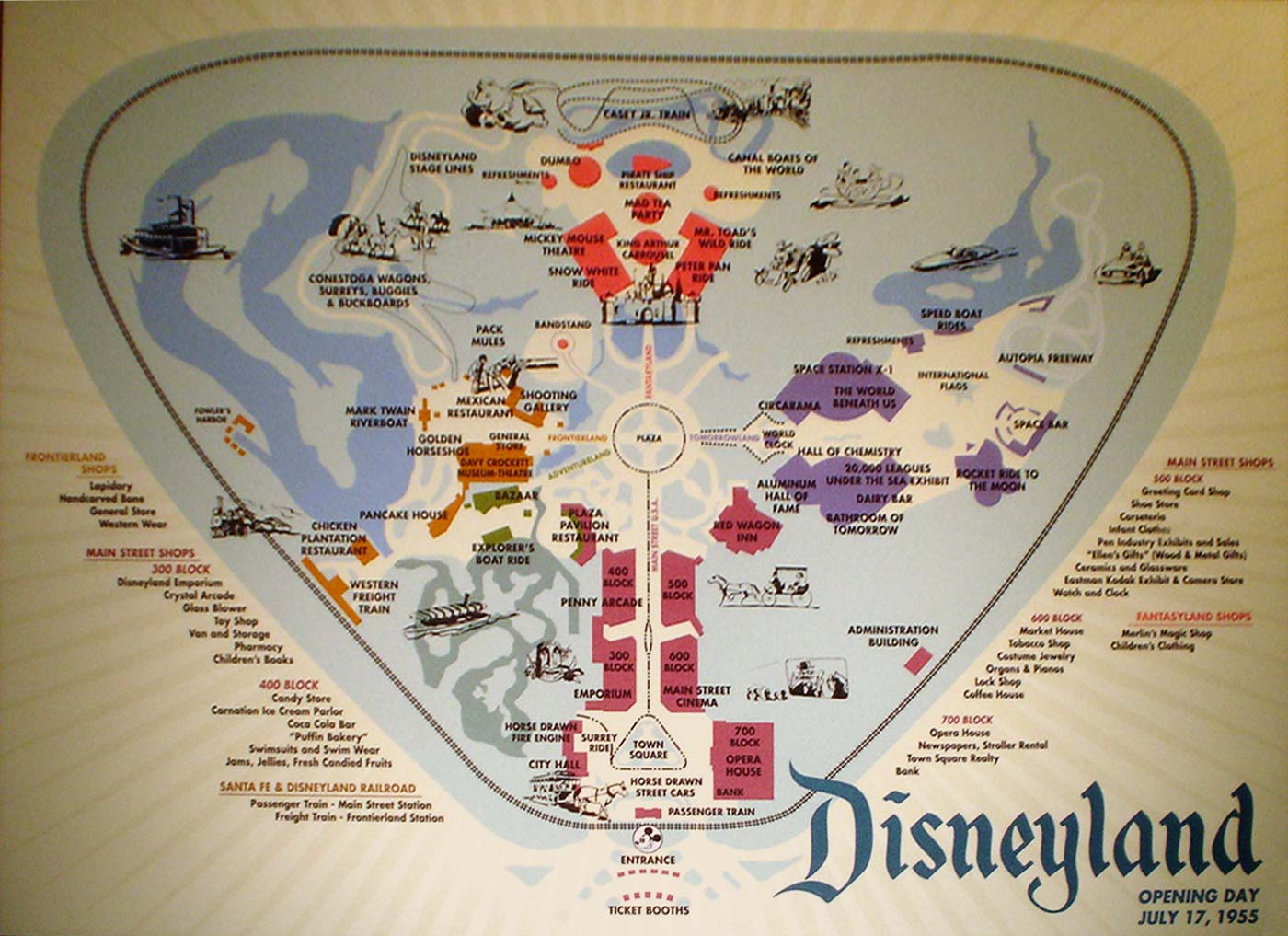A reader of the blog, Michael Linton, sent us this article he wrote in late 2001 for The Weekly Standard. He has seen first-hand the changes Disneyland has experienced ever since he visited Disneyland the first month it opened, 55 years ago.
Keep in mind, this article was written the year California Adventure opened. Remember when everyone was excited for a second park then we all said, "Seriously? Umm, I think I'll stick with the best theme park ever made right over there."? Well it was not too long before this when people started to notice a decline in cleanliness, maintenance, innovation, etc. at all Disney parks. Not many years before this people were fond of Eisner and the work he was doing. What happened? After reading the following article we invite you to revisit an article by Lilly, Why the Decline in Park Maintenance? for more thoughts on the subject.
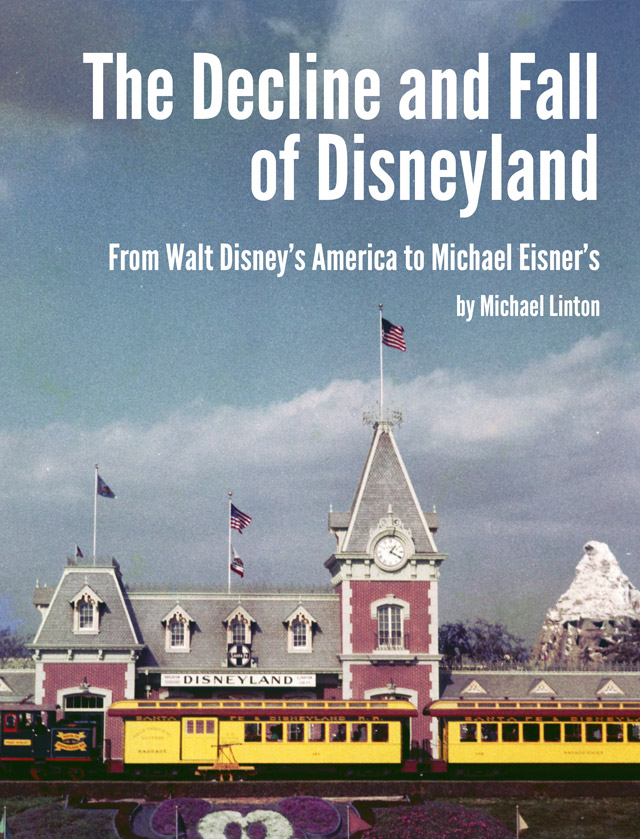
The Decline and Fall of Disneyland
From Walt Disney's America to Michael Eisner's.
by Michael Linton
AT THE BASE of the flagpole that marks the beginning of Disneyland's Main Street in Anaheim, California, rests an unobtrusive plaque. It reads:
"Disneyland is your land. Here age relives fond memories of the past and here youth may savor the challenge and promise of the future. Disneyland is dedicated to the ideals and the dreams and the hard facts that have created America with the hope that it will be a source of joy and inspiration to all the world. July 17, 1955."
These are the words with which Walt Disney opened his remarkable experiment in entertainment almost half a century ago. Today it's more than a bit dizzying to turn around and trudge back across the ticket plaza to the new resort Michael Eisner has built in what was the old Disneyland's parking lot. Walt's Magic Kingdom now shares the block with Eisner's California Adventure, and the distance between the two is much further than the seventy yards between them would suggest.
Like Disneyland, Eisner's park is divided into theme areas. Furthest from the entrance, and dominating the park's skyline, is "Paradise Pier." There's a roller coaster called "California Screamin'," a Ferris wheel, a boardwalk, and some carnival thrill rides. A raft ride, marking the middle of the "Golden State" section, gets you wet cascading down the slopes of a Sierra Nevada peak reminiscent of the grizzly bear on the California state flag. There's a mini-section with a big-screen flight simulator that wings you over bits of California scenery (the innovation here is aromatic: Over forests and orchards we get bits of appropriate orange or pine scent). "Pacific Wharf" is a food court complete with a microbrewery and patio for wine tasting. The "Hollywood Pictures Backlot" is a street of 1930s-style false fronts with theaters for stage shows and films and more places to get hot dogs. Abutting the park on the west is the new Grand Californian Hotel and a half-mile shopping mall called "Downtown Disney."
The expanded Disney empire in Anaheim has been long in coming. Ever since the opening of Disneyland in the 1950s, Walt and Roy Disney resented the dozens of hotels--of various grades of cheesiness--that grew on the park's perimeter, and they resolved not to repeat their mistake of buying too little land when Disney World was planned in Orlando. Meanwhile, back in California, the Disney brothers negotiated with the city of Long Beach for an Epcot-like park on the city's waterfront (where they already owned the Queen Mary and the Spruce Goose), but nothing materialized.
Now, under Eisner, the company has joined with the city of Anaheim to develop 1,100 acres around Disneyland. Disney bought out the businesses that bordered the park to the west, expanded its hotels, built the "California Adventure," and put up huge parking garages--all at a price tag of $1.4 billion. And the expansion isn't over: The Anaheim city council approved in concept a third theme park for Disney last July. It's not just Disneyland anymore. It's now the "Disneyland Resort."
FUNNY. As kids growing up in southern California we never thought of Disneyland as a resort. Baden-Baden and Palm Springs were resorts. But Disneyland was a kingdom. It was, in fact, a kingdom celebrating American optimism. It's easy to read those words Walt Disney spoke at the park's dedication as so much blather. Disneyland was and always has been a business. Walt--and especially his older brother Roy--were wizards at marketing. And when looking at Dumbo it's hard to know just what Disney meant by "hard facts."
But Disneyland became such a part of American culture because it celebrated--more eloquently than any other institution of the postwar period--the notion of the American Dream. It wasn't as much an amusement park as a morality tale. Remarkably, when it opened there were no thrill rides at all (the Matterhorn bobsleds weren't added until the 1960s).
Instead there were attractions about Snow White and Mr. Toad and Peter Pan, in each of which the visitor experienced the story through narrative, architecture, music, and technology. The stories always taught something--like the lesson that outward beauty or ugliness could be deceiving (as with the stepmother and the dwarves in "Snow White"). And good always triumphed.
The morality tale extended to American history. On the paddle wheeler Mark Twain the visitor was floated past frontier woodlands. A mine train took visitors through the arid southwest. Main Street was an idealization of Teddy Roosevelt's America, a thoroughly midwestern nation that had plowed the prairies and defeated slavery and was now busy preaching its gospel of can-do optimism from Puerto Rico to the Philippines. In Tomorrowland that gospel reached its millennium. There was the "house of the future" (made almost entirely of plastic), and freeways where kids could drive without traffic jams, and rockets to fly to the moon. The past was something Americans could be proud of--and the future was bound to be even better.
Disney basically continued his original vision with the park's additions. The Matterhorn, inspired by the company's movie on the heroic mountaineers who first climbed the Swiss peak, housed the park's first roller coaster. Tomorrowland was updated along polished steel lines, to include a futuristic monorail and "people mover," both seen as models for urban development. But the most important additions--the capstones to Walt's Anaheim venture--were exhibits originally shown at the New York World's Fair: "Primeval World," "It's a Small World," the "General Electric Carousel of Progress," and "Great Moments with Mr. Lincoln."
All of these attractions made spectacular use of Disney's innovative "animatronics," paving the way for what was to be the park's most popular attraction: "Pirates of the Caribbean," which opened only months after Walt's death in December 1966. Abutted to the original park's Grand Canyon diorama, "Primal World" presented a land of dinosaurs based upon episodes of "Fantasia." The "Carousel of Progress" told the story of the growth of American prosperity in four vignettes. "It's a Small World" celebrated how nice kids were (and featured the catchiest and most annoying tune Disney ever produced). Finally there was Mr. Lincoln holding forth from the Main Street Opera House.
And Disneyland was beautiful. The paint was always fresh, the walks and streets spotless. Disney banned alcohol, in part because it contributed to public disorder but also because he thought it symbolically served to divide parents from their children, and Disneyland was about the unity between generations. Families with children, grandparents, teens out on dates, and even newlyweds all felt at home in Disneyland. And despite the cost (Disneyland was always pricy), I don't think that I ever remember anyone really resenting the expense.
OF COURSE it was corny. And much of it untrue. The idyllic main streets that sponsored fraternal orders like the Knights of Pythias also hosted the Ku Klux Klan. Despite the tune, it's not a small world but one characterized by cultures deeply antagonistic to each other. The fairy tales Disney popularized were much grittier and more ambiguous than their Disney versions. Floating through Disneyland's jungle ride in 1969 it was impossible not to think of booby-traps and Viet Cong. And Walt was himself not the harmless uncle his Burbank PR staff portrayed him as, but a visionary autocrat who was known to drive his staff as hard as himself.
Nonetheless, much of what Disneyland stood for was true. Life really is a struggle between good and evil. There are people who actually are heroes. There is no danger to the nation more to be feared than that brought upon it by the corruption of its own people. And this is a deeply beautiful land in which life could be rewarding and fun, and for which we should be thankful.
Eisner's California Adventure shares none of these qualities. Most of the attractions are amusing but pointless ("Soaring over California" presents a few minutes of splendid views, but without any narrative, the film might as well have been shot over Morocco). The thrill rides are no better than what's found at two dozen other amusement parks across the country, lacking innovation and imagination. And the park isn't even pretty. The replica of the Golden Gate Bridge that marks the new park's entrance is cramped. The food court is housed in a complex that looks like a decrepit Cannery Row. Disney even seems to have lost its way with lights. At night the illuminated Paradise Pier isn't as pretty as Long Beach's now demolished Pike was forty years ago. It's even dirty. Trash floats in the lagoons. Litter lies uncollected on the walkways. And it's overpriced. At an adult admission fee of $43--the same as for admission to Disneyland--we feel less like guests than rubes.
Or like members of a market niche. It's not quite true that California Adventure tells nobody's story. It--together with the entertainment-merchandising-information behemoth Disney has become--tells the story of a culture obsessed with getting richer through ever-greater market-share and niche exploitation. By far the most physically attractive part of Eisner's addition is "Downtown Disney," a pedestrian street offering tens of thousands of square feet for hawking Donald Duck key chains, Snow White costumes, and Mickey Mouse T-shirts. Eisner hasn't put a plaque here yet, but I know what it will read: "It's the economy, stupid."
December 5, 2001, would be Walt Disney's one-hundredth birthday, and the company he founded has marked the centenary by spectacularly repudiating one of his greatest gifts to the country. It's enough to make Mickey weep.
 Admin
Admin  Disneyland,
Disneyland,  Nature's Wonderland,
Nature's Wonderland,  Scale Models
Scale Models 

